Since the late 1990s, producing large watches has been an enduring trend, undoubtedly spurred by the success of Panerai. Obviously, watches with larger case sizes were around earlier than that, but the Florentine brand was the first to attain huge, worldwide popularity with its oversized timepieces — with the help of a few Hollywood icons, namely Sylvester Stallone and Arnold Schwarzenegger. Panerai’s case designs were basically reinventions of those used on its early divers from the 1940s. After that, things got out of hand quickly — and for some reason, watch manufacturers for a while thought that the only way to go is bigger and bigger. Panerai was the barrier breaker… or was it?
When we think about the 1950s and early 1960s, we picture the watches of our fathers, grandfathers and uncles — elegant, round, classic shapes, like those on Omega Seamasters, Rolex Datejusts, models from Longines, Doxa, et cetera. Nowadays, these are categorized by the WIS (Watch Idiot Savant) community as “dress watches.” Then, around the late 1960s and early 1970s, watch companies started taking part in the design revolution. They started to become bolder in imagining the shapes, sizes and colors of their products. Among the best examples of these bold designs are the so-called “bullhead” watches.
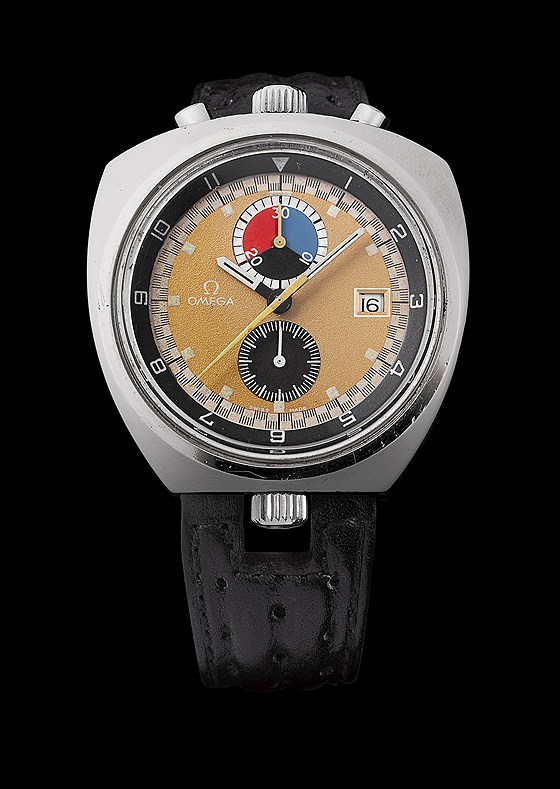
When you Google “bullhead watch,” the first few results will lead you to Omega. No doubt one of the best-known bullhead watches ever produced was the Omega Reference ST.146.0011 (above), which was part of the international Seamaster Chronostop collection in 1970. It’s a model Omega decided to resurrect in 2013 (pictured two photos down) as part of its line of reissued watches that also includes models like the PloProf and Speedmaster Mark II. Omega, however, was not the only company to come out with this type of timepiece during that period. Many popular Swiss watch brands had similar models, including companies like Breitling, Sicura, and Tissot, not to mention a number of brands that have disappeared within the last 50 years. Switzerland, however, wasn’t the only watch manufacturing country to produce such timepieces; Japanese companies like Citizen and Seiko had bullheads among their lines of watches at that time.
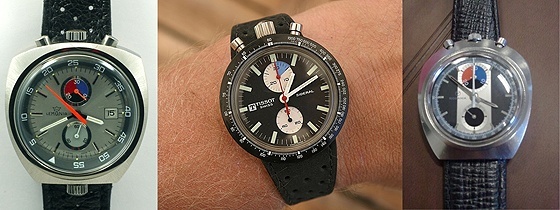
So what is a bullhead, exactly, and why is it so special? The word “bullhead” is an umbrella term used for a chronograph watch that has its crown and chronograph pushers on top of the case (in some cases, the crown is at the bottom of the case) rather than on the side, hence resembling the head of a bull with its horns. The cases are usually larger and thicker than those of traditional chronograph watches. In most instances, their cases are not evenly shaped, meaning that the top, where the pushers and the crown are located, is wider and thicker than the bottom. This way, the dial is tilted towards 6 o’clock, which allows the wearer to check the time on the watch much more easily; hence, the oddity of the case. What makes this category particularly special is that most of these models were produced in relatively small numbers, making them very desirable to watch collectors. Of course, as stated above, the unusual sizes and shapes of their cases also provides a key reason that these watches are so sought-after.
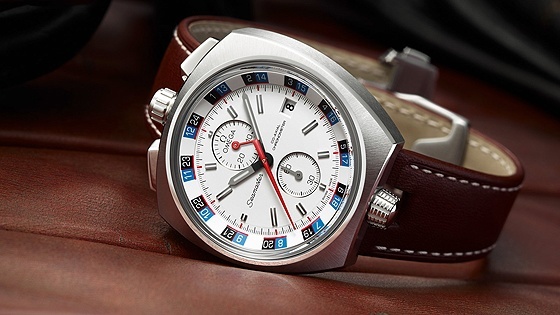
Regarding the movements found in these bullheads, there are three main types. First are the pieces with so-called “in-house” movements; watch manufacturers like Heuer and Omega used their own – or out-sourced but heavily modified – movements in their models. Then there are the watches with mass-produced, quality chronograph movements like the Valjoux 7733 and 7734 (the latter includes a date feature, hence the change in the last digit). Finally, there is the third group, which use very cheap, lower-quality pin-lever calibers. In these cases, the only appealing feature about the watch might be its appearance. Bullheads are very funky-looking watches in general: loads of colors, shapes and forms can be found on the dial. Their cases are mostly steel, or rhodium-plated on the cheaper versions. A few models have gold-plated cases, with only a thin layer of gold that tends to get worn away pretty easily.
They might not look good on everyone’s wrist; without a doubt, you need to have a certain wrist size to pull off a bullhead. However, for a watch enthusiast who is looking for something out of the ordinary, a true 70s bullhead might just be the perfect match. Not to mention that you can usually pick a decent example of one for under $1,000.

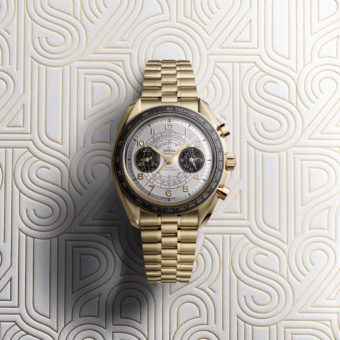
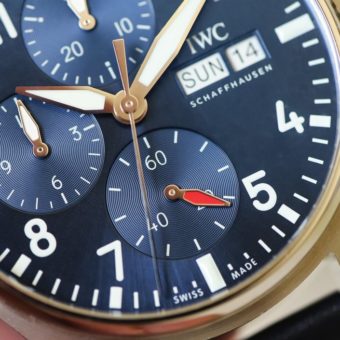
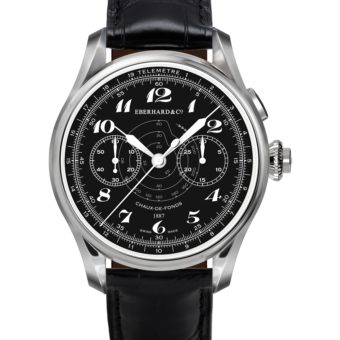
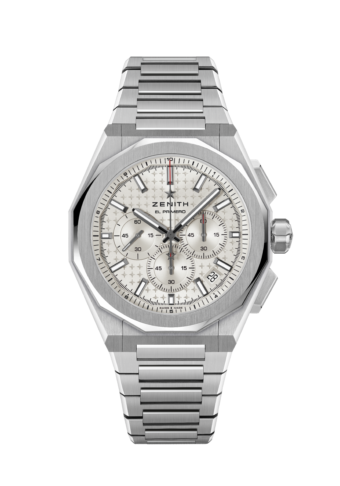
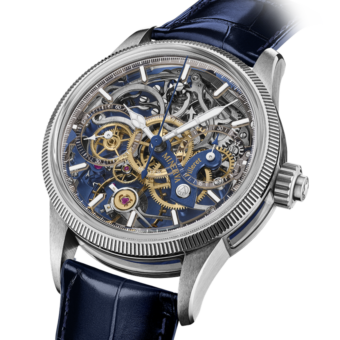
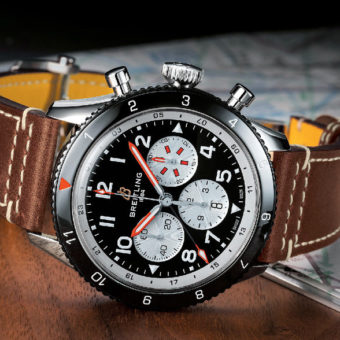
They are all the fashion. Rember my dad having what I now know is a bullhead Omega when I was a young boy back in the late 60s he wore it with pride. Think they were a must have back then. Big and bold. Great post good subject to debate.
Omega really started to roll out beautiful designs since some years and yet they are more evolving. Great work, Great post as well ;)
Oh, and don’t forget the Citizen bullheads. Hand windable automatic, column wheel, and flyback. All in a civilized 38mm package.
Y Enjoy Very Much The Bull Head Form & Syle .
It’s a Very Original Piece , Having Both Form’s , as Traditional ” Circular ” Form & a Abstract , Bold and Masculin ” Look ” .
K. F.
i have found a old metal bullhead watch that show only Bullhead on the front. japanese mouvement. says POM M8 in the back. can not find it on google. dont understand why. any idea?
Interesting article. That’s a pretty funny comment you made on the so-called “WIS.”
This article reminds me right away of vintage Seiko Bullheads which can often be found relatively inexpensively (below $500).
And which are fully in house. Put a Swiss name on the dial and you can add a zero the the price. These Seiko chronographs are amazing values. Just don’t tell anyone!